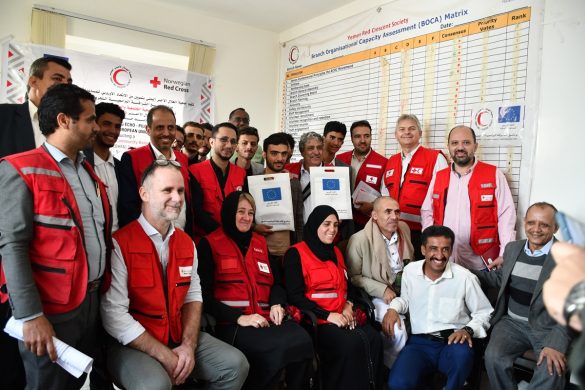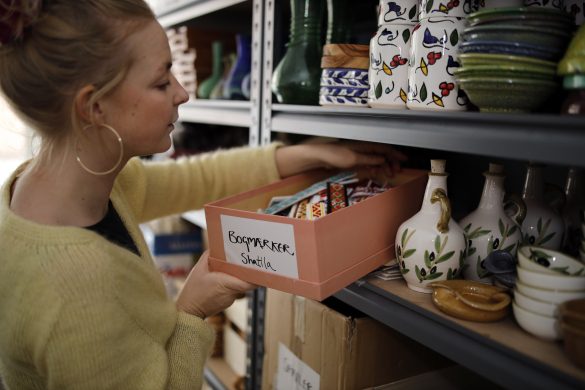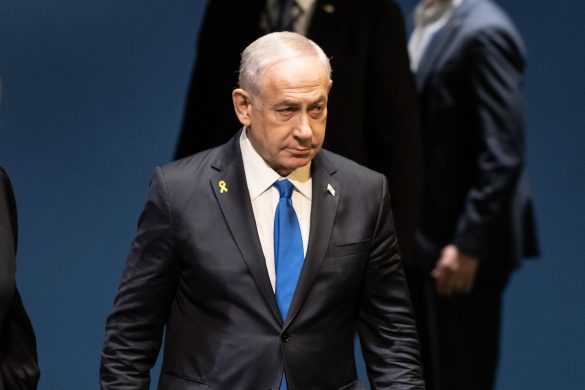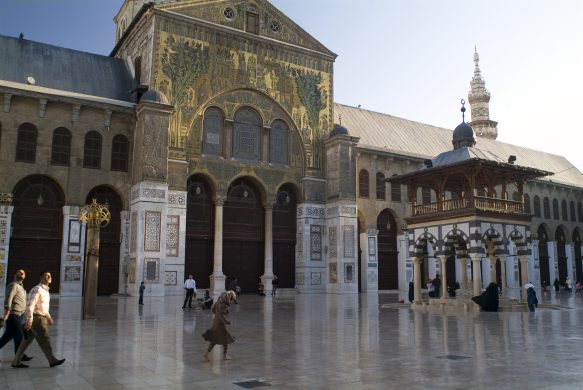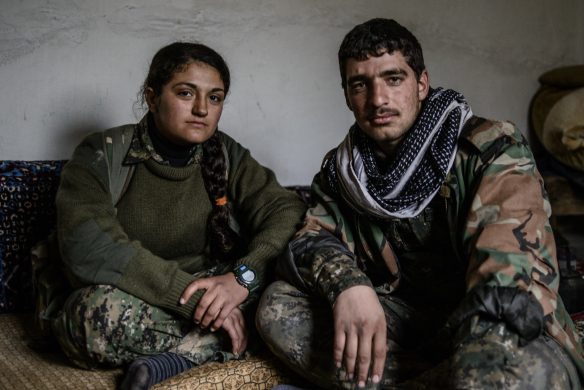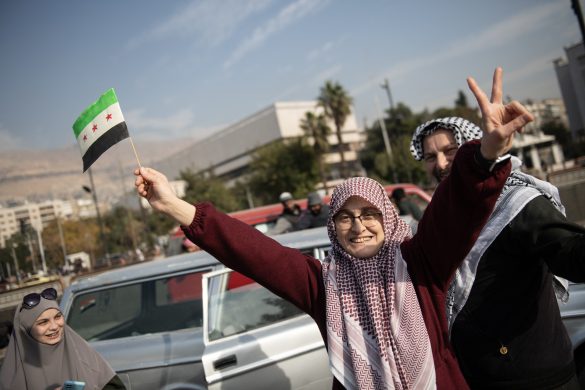De Forenede Arabiske Emirater på sydsiden af Den Persiske Havbugt emmer af fremgang og velstand. Også landets udviklingsbistand er hastigt på vej op, men den ser noget anderledes ud end vi er vant til i Vesten med f.eks, 40 små “arabiske” Danidaer i ét og samme land.
DUBAI, 6 March 2014 (IRIN): Atop a tall metal pole (stang) some 80 km north of the Jordanian capital, Amman, a giant United Arab Emirates (UAE) flag flaps near the entrance to a Syrian refugee camp.
Opened in 2013 at a reported cost of 10 million US dollar (55 mio. DKR), and run by the UAE Red Crescent Authority, the Mrajeeb al-Fhood camp offers shelter and safety to several thousand Syrian refugees. But it is also an important symbol of UAE’s rapidly growing overseas aid portfolio.
While Jordan – home to more than 600.000 Syrian refugees – was the biggest recipient of UAE aid in 2012, Emirati aid also reached as far as Azerbaijan, Bangladesh, Bosnia and Herzegovina, and Sudan.
During 2013 UAE donors, too, made generous contributions – both cash and in kind – to support victims of Typhoon Haiyan in the Philippines, and in April Sheikha Jawaher Bint Mohammed Al Qasimi was appointed an Eminent Advocate for the UN Refugee Agency (UNHCR).
She is the wife of the Ruler of the Emirate of Sharjah and UAE Chairperson of the Supreme Council for Family Affairs (Emiraterne er et forbund af syv emirater – se mere på http://da.wikipedia.org/wiki/Forenede_Arabiske_Emirater).
Set upon the 0,7 percent goal
The country has its sights set on allocating 0,7 percent of its gross national income (BNI) to official development assistance (ODA), the target set in 1970 by the Organisation for Economic Co-operation and Development (OECD).
But while it has been praised for being the first Gulf country to set up a Ministry of International Cooperation and Development (MICAD), established in 2013, the UAE has yet to define exactly the kind of donor it wants to be. Its formal aid policy is still under development.
“The [forthcoming] foreign aid policy will set the road map for achieving the UAE’s vision in becoming one of the world’s top donors,” Minister for International Co-operation and Development Minister Sheika Lubna Bint Kahlid Al Qasimi told IRIN, adding:
“It will help the foreign aid sector develop and manage a quality aid programme, which helps to enhance the effectiveness and impact of development activities in partner countries, identify an aid programming framework, implement monitoring and evaluation standards, build international and regional partnerships, and improve humanitarian response.”
Among the top twenty donors
The UAE already ranks among the world’s top 20 donors, positioned somewhere between 16 and 20, depending on how “official development assistance” is measured and which numbers are used.
It is clear that the UAE – which in 2012 disbursed (udbetalte) one billion dollar (5,5 milliarder DKR) in ODA, including 41,5 million dollar in humanitarian assistance – is more than simply an “emerging donor”.
But what direction its aid will take remains an open question.
“I think we are far from truly understanding the patterns of giving in the Arab world, and in the Gulf specifically,” Maysa Jalbout, a fellow at the Brookings Institution’s Centre for Universal Education and former CEO of Jordan’s Queen Rania Foundation, told IRIN.
“Donors are motivated by a number of reasons. Some of them are religious, some of them are personal. Others are motivated by the same reasons as philanthropists in the West – for recognition, an opportunity to create partnerships, etc.”
But she added: “The potential is massive for the way that the UAE can be contributing in the future. The possibilities of its strategic influence cannot be underestimated.”
A plethora (vrimmel) of UAE donors
Læs videre på
http://www.irinnews.org/report/99750/uae-aid-a-top-20-donor-plans-to-get-bigger


